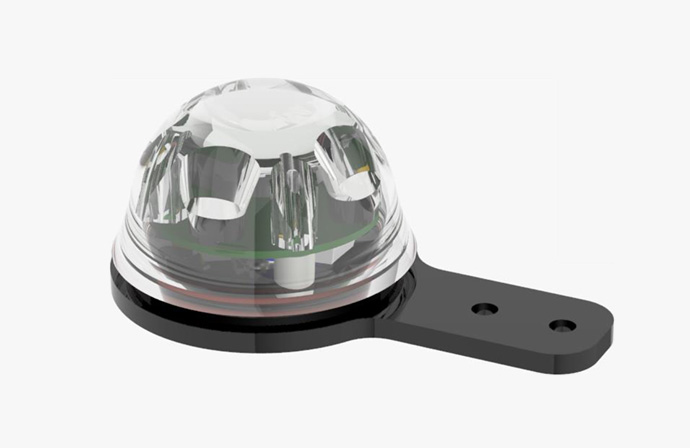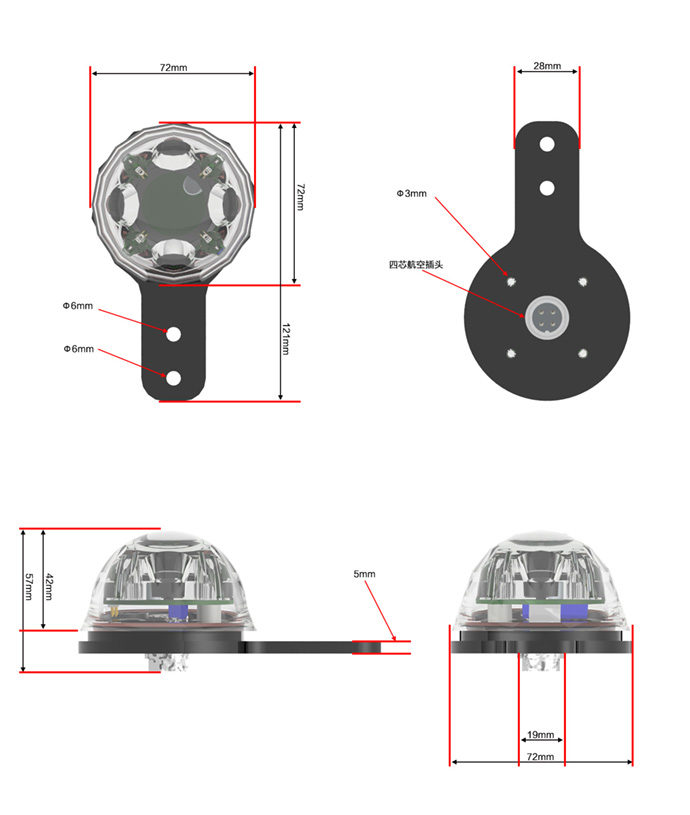چگونه می توانیم ما کمک شما
A rain gauge is a common meteorological instrument used to measure rainfall. It is an important tool for monitoring and forecasting weather, flood control, agriculture, water resource management and other fields. This article will introduce the working principle of a rain gauge and its advantages and disadvantages.
1. Working principle
A rain gauge measures rainfall by measuring the volume of liquid (usually in millimeters) formed by raindrops falling into a fixed area receiver. The receiver is usually a cylinder with an opening at the top and connected to a glass or plastic container. When raindrops fall into the receiver, the liquid level begins to rise and eventually reaches a stable level. The measurement
accuracy of the rain gauge depends on the shape and size of its receiver, as well as the size and speed of the raindrops. There are many different types of rain gauges, including funnel and tipping bucket types. How a rain gauge works A funnel rain gauge is a conical funnel with an opening facing downward. Raindrops pass through the opening of the funnel into a measuring cup marked on a rod. The measuring cup has a small volume, usually 0.1 ml, so it is necessary to time and record when the raindrops enter the measuring cup. During the recording interval, the measuring cup is automatically dumped, the water is discharged, and it is ready for the next recording. The measuring cup is designed to accurately measure a fixed volume, so the funnel rain gauge is very accurate. Another common rain gauge is the tipping bucket rain gauge, also known as a mechanical rain gauge. This rain gauge usually consists of a frame, a bottle, a small funnel, a filter and a tipping bucket. Rainwater enters the bottle through the smaller funnel until the tipping bucket swings to the horizontal, causing the other tipping bucket to start operating the recording mechanism and print out the recorded data after a regular interval or store it in a memory chip for subsequent processing. 2. Advantages and Disadvantages Advantages:
The LORAWAN wireless optical rain sensor is a new type of optical rain sensor that uses a beam of infrared light to detect raindrops that touch an external surface. It is 100 times more sensitive than a typical tipping bucket rain gauge and counts raindrops individually, sending a pulse signal.
The LORAWAN wireless optical rain sensor uses infrared optical detection principle and has no mechanical accessories. Therefore, it is more durable, sensitive and reliable than other rain gauges. The sensor is extremely sensitive and not affected by other factors. It is not affected by rain and can measure rainfall while moving. There are no exposed parts, the internal conductor will not corrode due to contact with water, and it is completely sealed and will not get water in. The measurement of rainfall will not be affected by fallen leaves or other debris.
2. Mechanical Dimensions
1. High accuracy: Rain gauges can provide very accurate rainfall data with high measurement accuracy.
2. Easy to use and maintain: Rain gauges usually only need to be checked regularly every day or every week to ensure their normal operation and accuracy.
3. Affordable: Compared with other large meteorological instruments, rain gauges are relatively affordable.
Disadvantages:
1. Unable to monitor short-term heavy rainfall: Due to the limited capacity of the bottle and the limitation of the monitoring and recording time interval, it is difficult for rain gauges to accurately measure the time and amount of short-term heavy rainfall events.
2. Affected by the environment: Rain gauges are greatly affected by the environment, such as wind direction and wind speed, leaves falling into the bottle, etc.
3. More maintenance and calibration are required: If the rain gauge is not maintained and calibrated regularly, it may cause measurement abnormalities, thus affecting its accuracy.
In short, rain gauges play an important role in meteorology, industry and agriculture, water management and other fields, and can help us accurately measure rainfall and improve disaster prevention and water resources management capabilities. However, it is also necessary to pay attention to the limitations of rain gauges when using them to ensure accuracy and reliability.